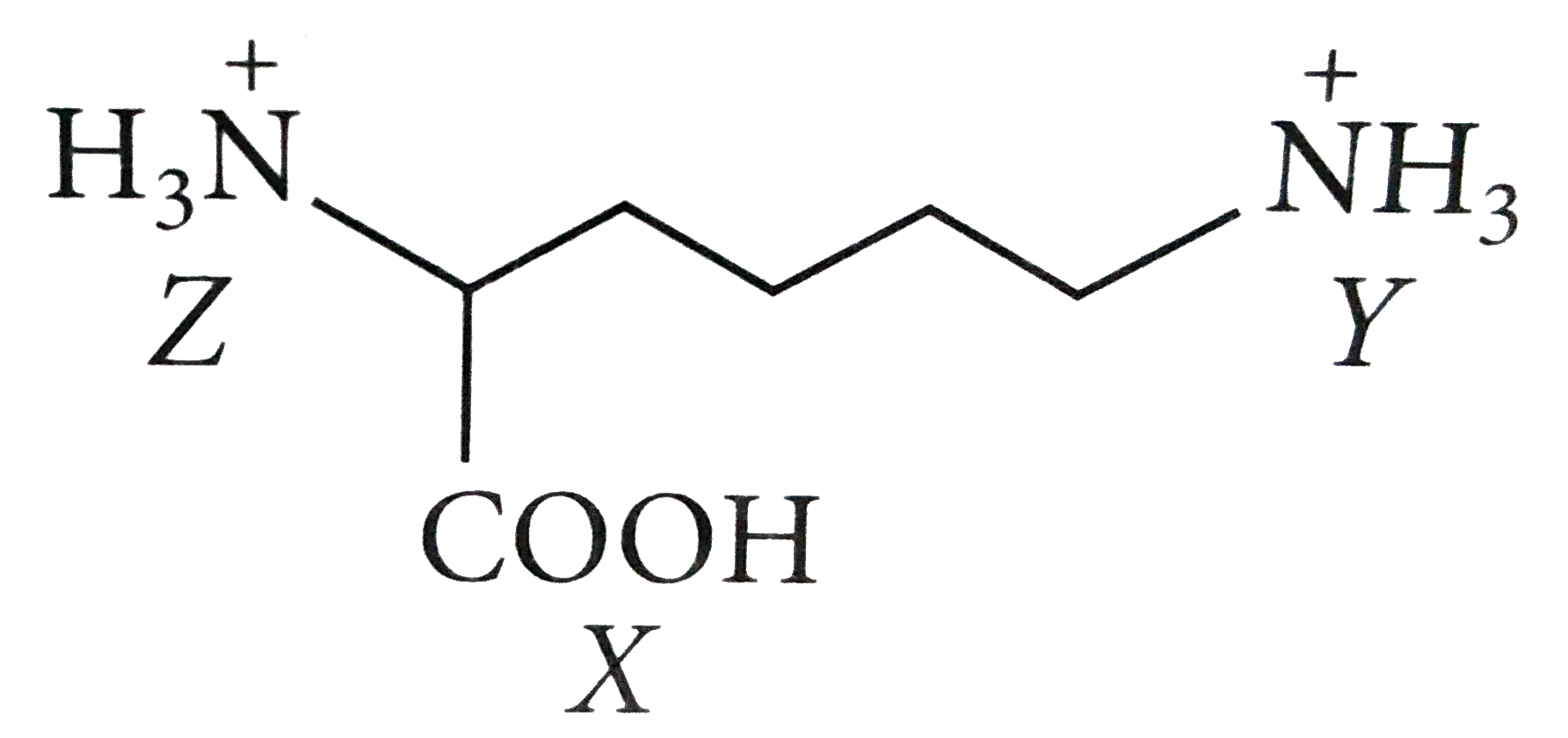of the three metals X, Y and Z, X reacts with cold water, Y with hot water and Z with steam only. Identify X, Y and Z and also arrange them in order of increasing reactivity.
To solve the problem, we need to identify the metals X, Y, and Z based on their reactivity with water and steam, and then arrange them in order of increasing reactivity.
Step 1: Identify Metal X
- Given: Metal X reacts with cold water.
- Analysis: The metals that react with cold water are typically alkali metals from Group 1 of the periodic table. The most common examples are sodium (Na) and potassium (K).
- Conclusion: Metal X is likely sodium (Na) or potassium (K).
Step 2: Identify Metal Y
- Given: Metal Y reacts with hot water.
- Analysis: Metals that react with hot water but not with cold water are usually alkaline earth metals from Group 2. The most common example is magnesium (Mg).
- Conclusion: Metal Y is magnesium (Mg).
Step 3: Identify Metal Z
- Given: Metal Z reacts with steam only.
- Analysis: Metals that react with steam but not with cold or hot water are typically less reactive metals, such as iron (Fe).
- Conclusion: Metal Z is iron (Fe).
Step 4: Arrange Metals in Order of Increasing Reactivity
- Reactivity Order:
- Metal X (Sodium or Potassium) is the most reactive as it reacts with cold water.
- Metal Y (Magnesium) is less reactive than X but more reactive than Z as it reacts with hot water.
- Metal Z (Iron) is the least reactive as it only reacts with steam.
- Final Order: Increasing reactivity order is Z (Iron) < Y (Magnesium) < X (Sodium or Potassium).
Summary of Identifications:
- X = Sodium (Na) or Potassium (K)
- Y = Magnesium (Mg)
- Z = Iron (Fe)
Final Increasing Order of Reactivity:
- Fe (Z) < Mg (Y) < Na/K (X)
---
- Given: Metal X reacts with cold water.
- Analysis: The metals that react with cold water are typically alkali metals from Group 1 of the periodic table. The most common examples are sodium (Na) and potassium (K).
- Conclusion: Metal X is likely sodium (Na) or potassium (K).
- Given: Metal Y reacts with hot water.
- Analysis: Metals that react with hot water but not with cold water are usually alkaline earth metals from Group 2. The most common example is magnesium (Mg).
- Conclusion: Metal Y is magnesium (Mg).
- Given: Metal Z reacts with steam only.
- Analysis: Metals that react with steam but not with cold or hot water are typically less reactive metals, such as iron (Fe).
- Conclusion: Metal Z is iron (Fe).
- Reactivity Order:
- Metal X (Sodium or Potassium) is the most reactive as it reacts with cold water.
- Metal Y (Magnesium) is less reactive than X but more reactive than Z as it reacts with hot water.
- Metal Z (Iron) is the least reactive as it only reacts with steam.
- Final Order: Increasing reactivity order is Z (Iron) < Y (Magnesium) < X (Sodium or Potassium).
- X = Sodium (Na) or Potassium (K)
- Y = Magnesium (Mg)
- Z = Iron (Fe)
- Fe (Z) < Mg (Y) < Na/K (X)
Similar Questions
Consider the compound
 and arrange X,Y, Z in order of increasing acid strengths .
and arrange X,Y, Z in order of increasing acid strengths .
View SolutionSmall quantities of compounds TX, TY and TZ are put into separate test tubes containing X, Y and Z solutions. TX does not react with any of these. TY reacts with both X and Z. TZ reacts only with X. The decreasing order of ease of oxidation of the anions X−,Y−andZ− is
View Solution
Knowledge Check
A metal X reacts with water to produce a highly combustible gas Y, and a solution Z. another metal P reacts with Z to give the same gas Y. X,Y,Z and P respectively are
AZn,H2,Zn(OH)2,AlBNa,H2,NaOH,ZnCK,H2,KOH,AlDLi,H2,LiOH,K
Each of the three metals X,Y and Z were put in turn into aqueous solution of the salts of other two .
X + Salt of Y (or Z) = Y (or Z) + Salt of X.
Which observation is probably incorrect ?
View SolutionWhen a metal X is treated with cold water, it gives a basic salt Y With molecular formula XOH (molecular mass =40) and liberates a gas Z which easily catches fire. Identify X , Y and Z and also write the reaction involved.
View SolutionThree elements X, Y and Z are in the 3rd periodic table. The oxides of X, Y and Z, respectively, are basic, amphoteric and acidic, The correct order of the atomic numbers of X, Y and Z is :
View SolutionGrapes placed in three beakers X ,Y and Z containing different type of solutions are shown in figures.

If beaker X contains water, Y and Z contain
View SolutionX+,Y2+andZ are isoelectronic with CO2 . Increasing order of protons in X+,Y2+ and Z is :
View SolutionIf x,y andz are three real numbers such that x+y+z=4 and x2+y2+z2=6,then show that each of x,y and z lie in the closed interval [23,2]
View SolutionA non-metal X exists in two different forms Y and Z. Y is hardest natural substance, whereas Z is a good conductor of electricity. Identify X, Y and Z.
View Solution
